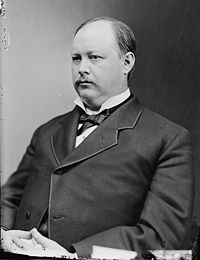Milwaukee’s Future in the Chicago Megacity
 Marquette University Law School and the Milwaukee Journal Sentinel will host a conference next week. The conference title—“Milwaukee’s Future in the Chicago Megacity”—reflects that Chicago is one of the world’s emerging “megacities”; for example, it is ranked No. 6 in Foreign Policy magazine’s Global Cities Index (behind only New York, London, Tokyo, Paris, and Hong Kong). An expansive new report by the international Organization for Economic Co-operation and Development argues that closer ties between the Milwaukee region and Chicagoland are of singular importance. At our conference, various panels, involving business leaders, elected officials, and public policy analysts, will assess that argument, with a general eye to these central questions: how closely should the Milwaukee region connect its future to Chicago, and how might that be accomplished through public policy and business might?
Marquette University Law School and the Milwaukee Journal Sentinel will host a conference next week. The conference title—“Milwaukee’s Future in the Chicago Megacity”—reflects that Chicago is one of the world’s emerging “megacities”; for example, it is ranked No. 6 in Foreign Policy magazine’s Global Cities Index (behind only New York, London, Tokyo, Paris, and Hong Kong). An expansive new report by the international Organization for Economic Co-operation and Development argues that closer ties between the Milwaukee region and Chicagoland are of singular importance. At our conference, various panels, involving business leaders, elected officials, and public policy analysts, will assess that argument, with a general eye to these central questions: how closely should the Milwaukee region connect its future to Chicago, and how might that be accomplished through public policy and business might?


